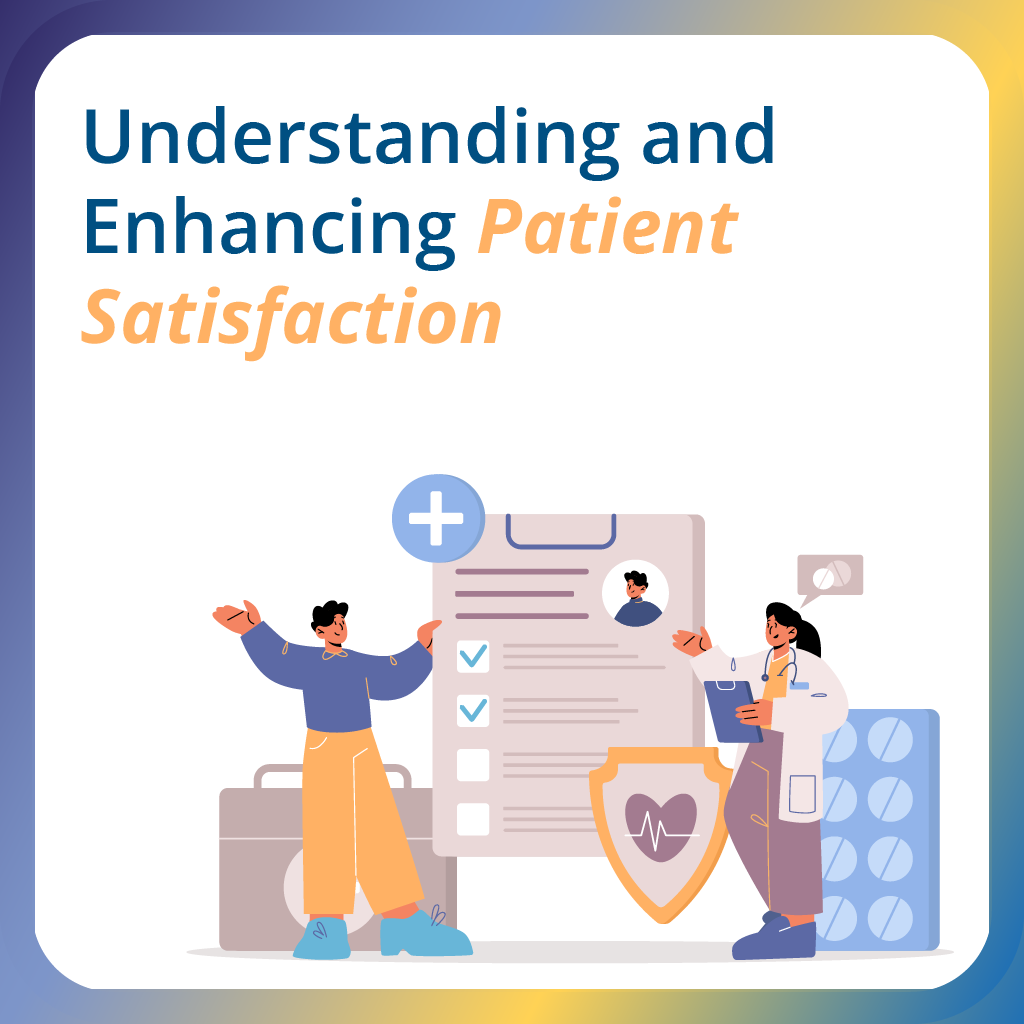
Understanding and Enhancing Patient Satisfaction: A Comprehensive Guide by Philomath Research
In the dynamic realm of healthcare, patient satisfaction has emerged as a cornerstone for success. As the healthcare landscape continues to evolve, healthcare organizations are increasingly turning to market research firms like Philomath Research to grasp the nuances of patient satisfaction and revolutionize the quality of care they provide. In this comprehensive guide, we delve deep into the intricacies of patient satisfaction, its significance, measurement techniques, and actionable strategies for improvement.
Unveiling Patient Satisfaction: A Prerequisite for Excellence
Patient satisfaction isn’t just a buzzword; it’s a pivotal metric that encompasses the perceptions, experiences, and contentment levels of patients within the healthcare system. In an era where patients are empowered as consumers, their perception of healthcare services has a profound impact on loyalty, health outcomes, and organizational reputation. This understanding has propelled healthcare institutions to adopt a patient-centric approach, where the focus is not solely on clinical efficacy but also on the holistic patient journey.
At the heart of this transformative shift lies the role of healthcare market research firms like Philomath Research. By delving into patient sentiment, expectations, and experiences, these firms enable healthcare organizations to decode the intricacies of patient satisfaction, thereby elevating the standard of care provided.
The Significance of Patient Satisfaction: A Multi-Faceted Impact
Patient satisfaction doesn’t merely influence short-term interactions; its implications extend far and wide across the healthcare spectrum.
1. Enhancing Patient Health Outcomes: Patient satisfaction directly correlates with health outcomes. When patients are content with their care, they’re more likely to adhere to treatment plans, follow medication regimens, and actively engage in their health management. This synergy between patient satisfaction and health outcomes underscores the pivotal role it plays in promoting overall wellness.
2. Fostering Patient Loyalty: A satisfied patient is more than just a one-time visitor. Patient satisfaction fosters loyalty, encouraging individuals to seek future healthcare services from the same organization. This loyalty translates into consistent revenue streams, bolstering the financial health of the healthcare institution.
3. Cultivating Organizational Reputation: Patient satisfaction acts as a catalyst for positive word-of-mouth referrals. Satisfied patients become advocates, recommending the healthcare organization to friends and family. This organic promotion elevates the organization’s reputation and fuels a steady influx of new patients.
Measuring Patient Satisfaction: Tools and Techniques
The journey to enhancing patient satisfaction begins with robust measurement strategies. Healthcare market research firms employ a range of methodologies to capture patient sentiments accurately.
1. Patient Satisfaction Surveys: Surveys stand as a cornerstone in the arsenal of patient satisfaction measurement. Administered online, by mail, or in person, these surveys delve into various dimensions of patient experience. From the quality of care to the timeliness of service, patient satisfaction surveys provide a holistic snapshot of patient perception.
2. Focus Groups: Dive deeper into patient experiences through focus groups. Small groups of patients engage in open discussions, sharing their perspectives on healthcare interactions, facilities, and more. These qualitative insights provide nuanced feedback that complements quantitative survey data.
Unlocking Improvement: Strategies for Elevating Patient Satisfaction
The path to heightened patient satisfaction involves a multi-faceted approach encompassing operational, interpersonal, and environmental enhancements.
1. Active Feedback Integration: The first step towards improvement is fostering a culture of active feedback integration. Healthcare organizations should actively solicit patient input through surveys, focus groups, and direct communication channels. This feedback serves as a compass, guiding improvements and enhancements.
2. Empowering Staff Excellence: Staff training forms a cornerstone in the pursuit of patient satisfaction. Equipping healthcare professionals with the tools to provide exemplary customer service is essential. Friendly demeanor, empathetic communication, and in-depth knowledge empower staff to create positive patient experiences.
3. Crafting a Welcoming Environment: A comfortable and welcoming physical environment is a testament to an organization’s commitment to patient satisfaction. Well-lit waiting areas, clean facilities, and well-stocked amenities contribute to an overall positive impression.
4. Leveraging Data-Driven Insights: Healthcare market research firms like Philomath Research transform patient satisfaction data into actionable insights. Advanced analytics techniques, such as sentiment analysis, conjoint analysis, and trend analysis, unveil patterns, preferences, and areas for improvement.
Elevating Patient Satisfaction: A Journey Worth Embarking
In a healthcare landscape characterized by patient empowerment and value-based care, understanding and enhancing patient satisfaction have emerged as essential imperatives. The expertise of healthcare market research firms like Philomath Research serves as a compass, guiding organizations toward patient-centric transformation.
As the pages of healthcare history turn, patient satisfaction stands as a testament to the commitment of healthcare organizations toward holistic excellence. By listening to patient voices, empowering staff, and optimizing the patient experience, healthcare institutions can not only thrive in the modern healthcare ecosystem but also pave the way for a healthier, happier future.